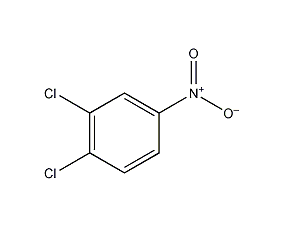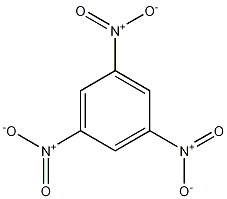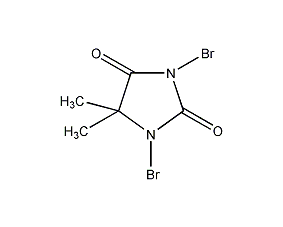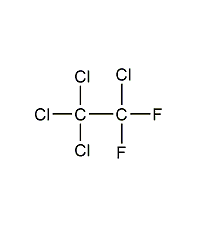1,1,2-Tribromoethane 1,1,2-Tribromoethane
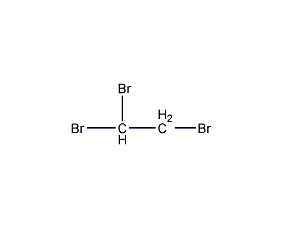

Structural formula
| Business number | 01NE |
|---|---|
| Molecular formula | C2H3Br3 |
| Molecular weight | 266.76 |
| label |
Ethylene tribromide, 1,1,2-tribromo-ethan, Tribromoethane, BrCH2CHBr2 |
Numbering system
CAS number:78-74-0
MDL number:MFCD00039168
EINECS number:201-138-6
RTECS number:None
BRN number:None
PubChem number:24871263
Physical property data
1. Properties: colorless and transparent liquid.
2. Density (g/mL, 25/4℃): 2.1820(d4)
3. Relative density (20℃, 4℃): 2.1836
4. Melting point (ºC): -26
5. Boiling point (ºC, normal pressure): 216.2℃
6. Refractive index at room temperature (n20): 1.5933
7. Refractive index: 1.424
8. Flash point (ºC): -23℃
9. Refractive index at room temperature (n 25): 1.5907
10. Refractive index at room temperature (n20): 1.563
11. Refractive index at room temperature (n 25): 1.561
12. Saturated vapor pressure (kPa, 60ºC): Uncertain
13. Heat of combustion (KJ/mol): Uncertain
14. Critical temperature (ºC): Uncertain
15. Critical pressure (KPa): Uncertain
16. Oil and water (octanol/water) Log value of distribution coefficient: Uncertain
17. Explosion upper limit (%, V/V): Uncertain
18. Explosion lower limit (%, V/V): Uncertain
19. Solubility: Uncertain.
Toxicological data
None yet
Ecological data
None yet
Molecular structure data
1. Molar refractive index: 34.46
2. Molar volume (cm3/mol): 101.4
3. Isotonic specific volume (90.2K ): 265.5
4. Surface tension (dyne/cm): 46.8
5. Polarizability (10-24cm3): 13.66
Compute chemical data
1. Reference value for hydrophobic parameter calculation (XlogP): 2.7
2. Number of hydrogen bond donors: 0
3. Number of hydrogen bond acceptors: 0
4. Number of rotatable chemical bonds: 1
5. Number of tautomers: none
6. Topological molecule polar surface area 0
7. Number of heavy atoms: 5
8. Surface charge: 0
9. Complexity: 18.9
10. Number of isotope atoms:0
11. Determine the number of atomic stereocenters: 0
12. Uncertain number of atomic stereocenters: 0
13. Determine the chemical bond configuration Number of centers: 0
14. Number of uncertain chemical bond stereocenters: 0
15. Number of covalent bond units: 1
Properties and stability
None yet
Storage method
This product should be kept sealed.
Synthesis method
None yet
Purpose
Organic synthesis.


